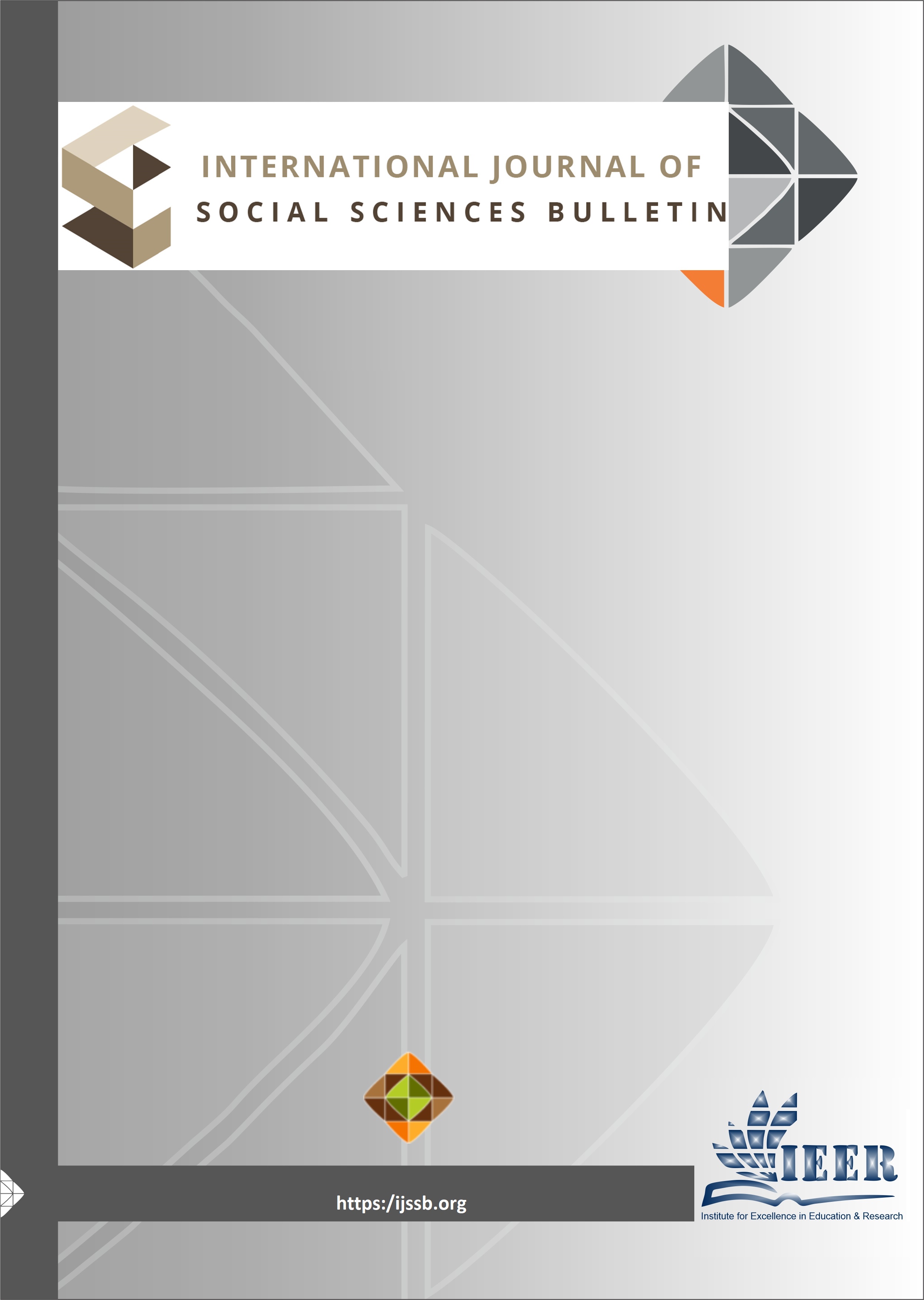A HALLIDAYAN DISCOURSE ANALYSIS OF MODALITY PATTERNS IN WILLIAM SHAKESPEARE’S PLAY HAMLET
Keywords:
Qualitative, Discourse, modality, characterization, modalization, modulationAbstract
The study investigates the main character of William Shakespeare’s Hamlet (1613) through the lens of modality patterns within Halliday’s Model of Language and Discourse. Shakespeare's famous play Hamlet requires a thorough analysis using this framework although it has not received this level of examination yet. The analysis of Shakespeare's modality choices throughout the play reveals new dimensions of how the character Hamlet functions psychologically. The research employs a qualitative research approach with close reading analysis as its main analysis method. The theoretical basis of this research depends on Halliday’s modality framework which contains two fundamental dimensions: modalization for probability and usuality along with modulation for obligation and inclination. The analysis leads to a detailed characterization of Hamlet because the research identified and mapped these evolutionary structures throughout his monologue. The study applies this theoretical framework to analyze critical elements within Hamlet’s character while revealing how modality affects his verbal communication and essential motivations.
Downloads
Published
Issue
Section
License

This work is licensed under a Creative Commons Attribution-NonCommercial-NoDerivatives 4.0 International License.

















